
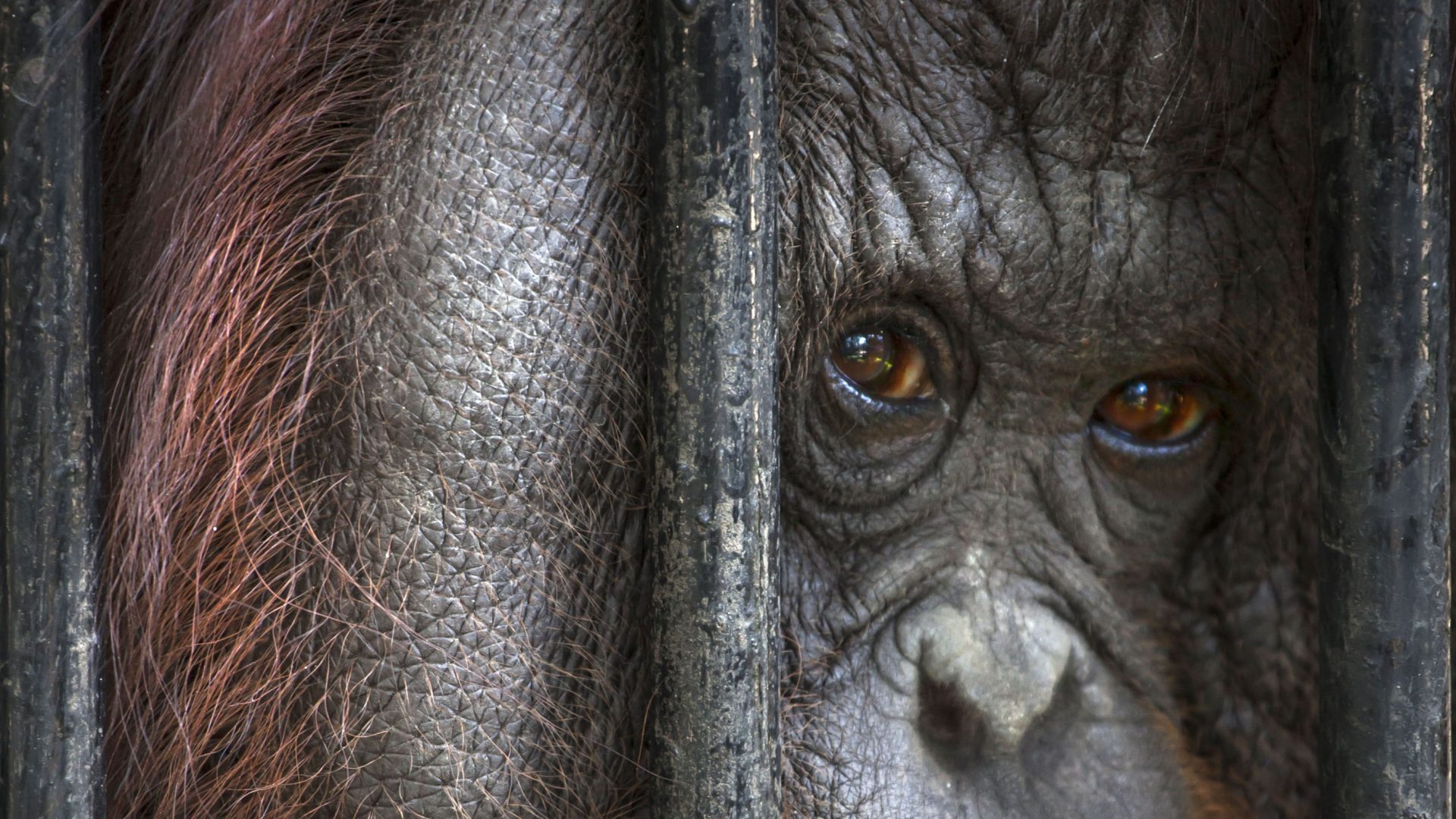
Raise the Red Flag: Advice & Guidance
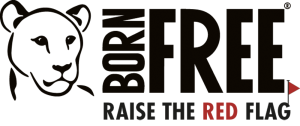 Advice & Guidance
Advice & Guidance
We can all take steps to ensure our holidays or activities do not impact on captive wild animal welfare or promote exploitation.
Remember, welfare concerns or problems may not always be immediately obvious – read more on different types of captive facilities and activities and what to look out for below.
Before You Go


Book through a responsible travel company or tour operator that has an animal welfare policy
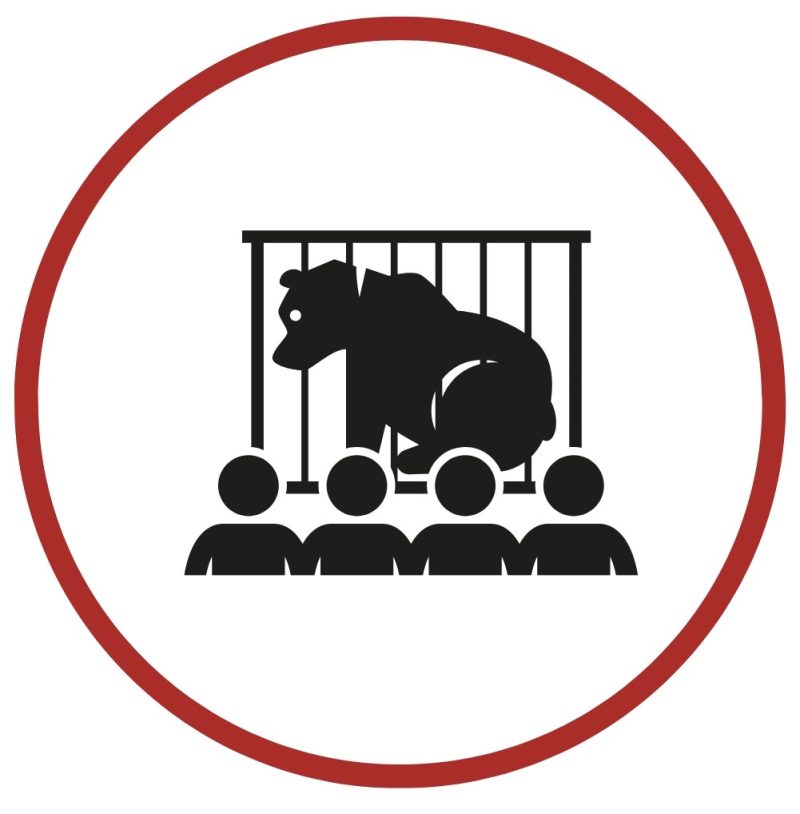
Try to ensure your itinerary doesn't contain activities or attractions that involve animal cruelty or exploitation

Check the Raise the Red Flag map to see if we've received any reports about specific attractions or locations
What to look out for
While you are travelling, taking part in an excursion, or visiting an attraction or captive facility, look out for animal exploitation, suffering or neglect.
Remember, welfare concerns or problems may not always be immediately obvious - read more on different types of captive facilities and what to look out for below.
Remember, welfare concerns or problems may not always be immediately obvious - read more on different types of captive facilities and what to look out for below.
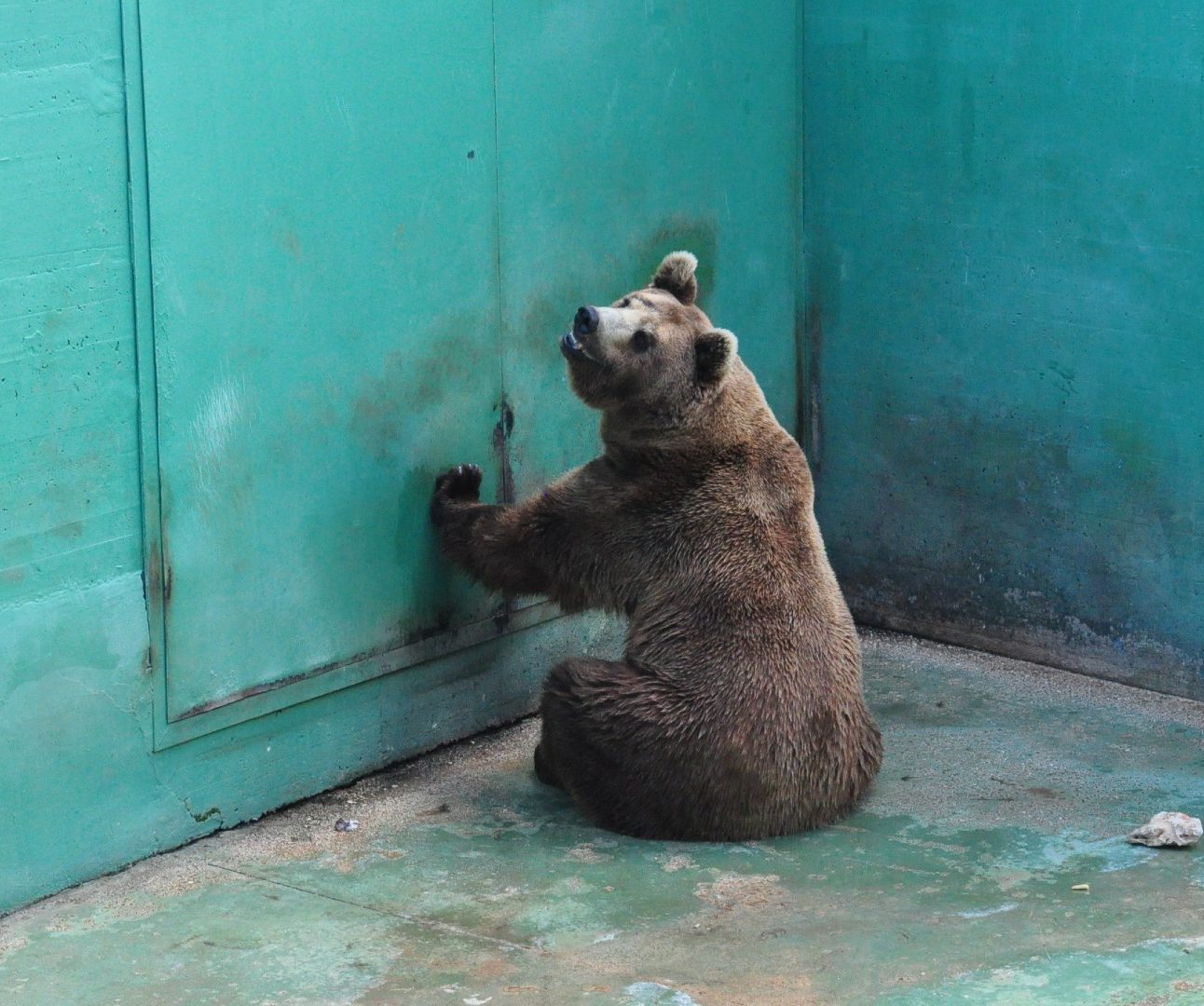
Zoos & Other Captive Facilities
Wild animals in zoos, safari parks, aquariums, dolphinaria, elephant camps or turtle hatcheries suffer from being kept in restrictive, unnatural and artificial environments. There are clear signs when an animal is in distress.
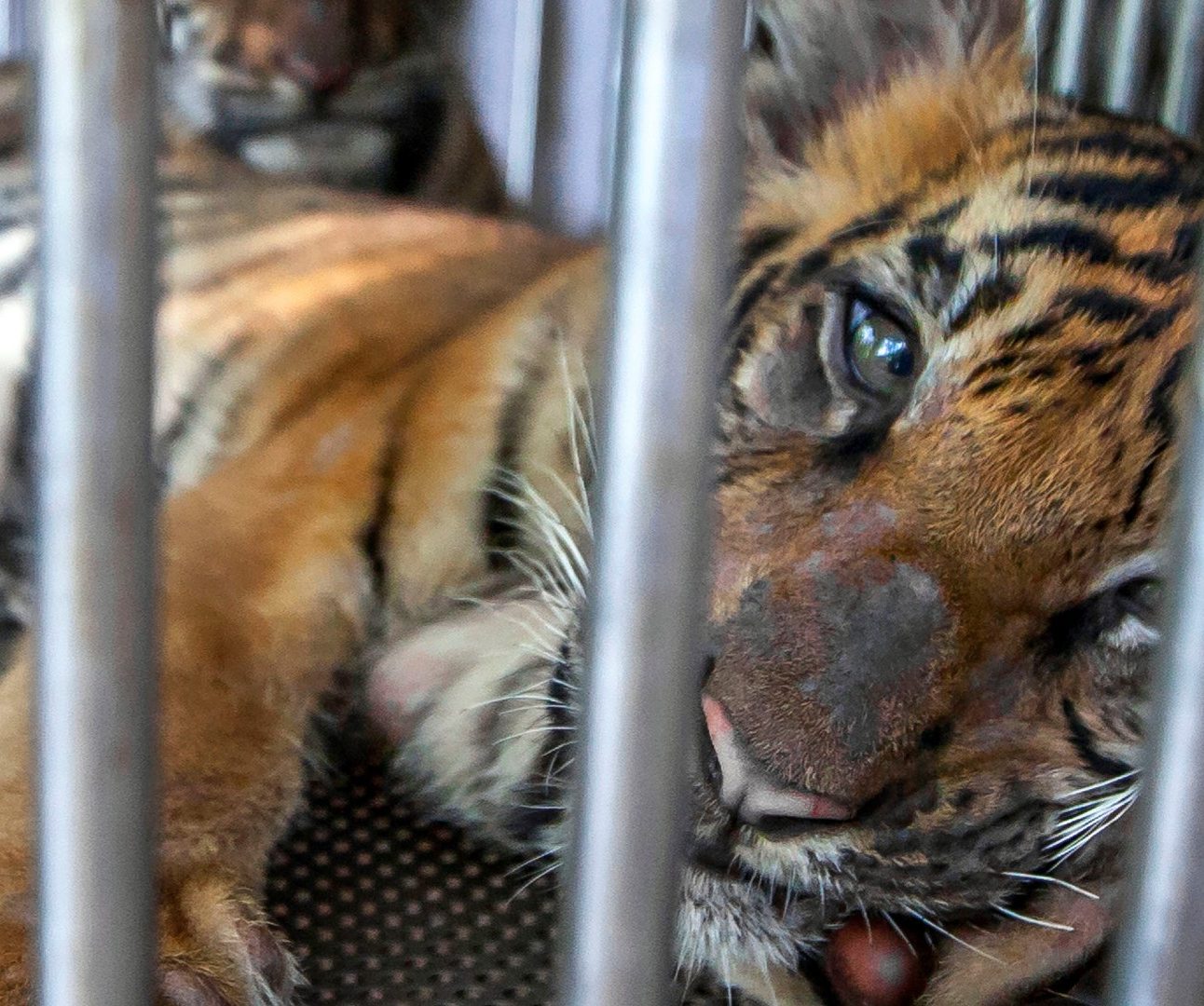
Sanctuaries & Rescue Centres
Some captive facilities call themselves sanctuaries or rescue and rehabilitation centres, terms usually associated with projects which rescue animals from lives of suffering. However, many places are not always what they seem.
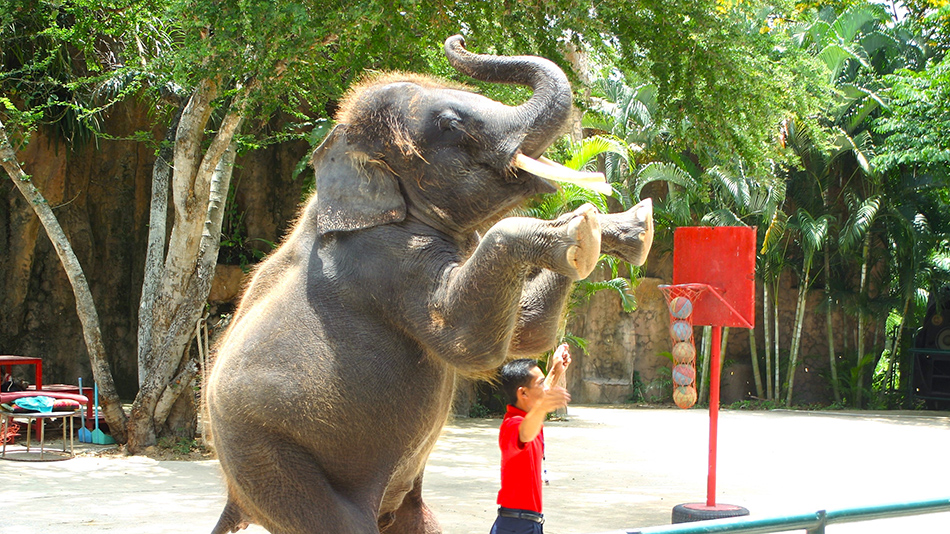
Circuses & Performing Animals
Hundreds of thousands of wild animals are used in circuses or shows worldwide. Any activity where an animal is forced to perform an action or behaviour on demand has to be trained. In wild animals, this can be stressful and, in many cases, abusive.
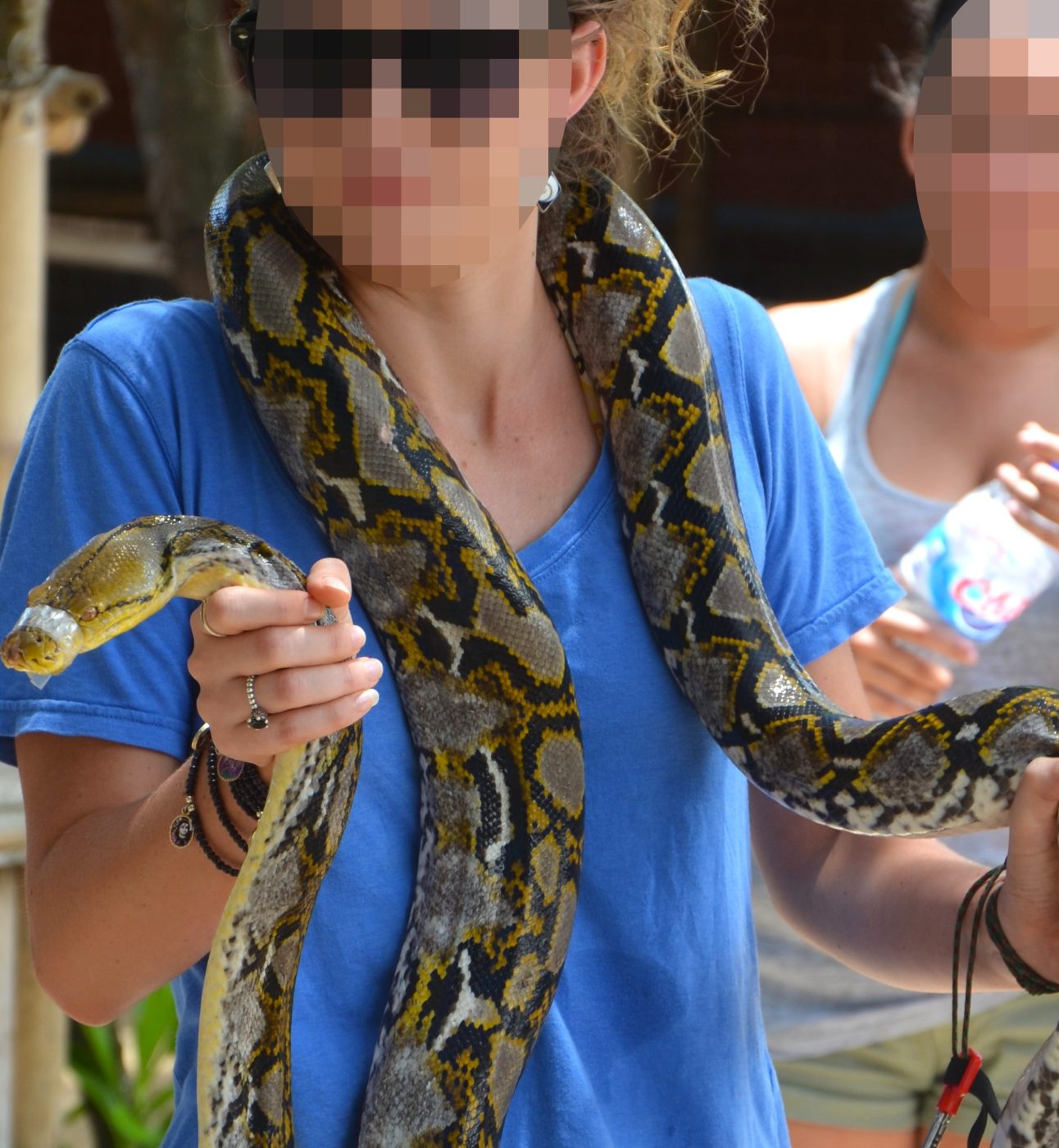
Animal Interaction & Photo Props
There are lots of opportunities around the world to get up close to wild animals in captivity, but these activities can have serious animal welfare implications and pose real risks to both animal and public health and safety.
Raise the Red Flag
You can also encounter captive wild animals even if you’re not actively visiting an attraction or location. These can include animals such as chained elephants in temples, caged animals at hotels or restaurants, wild animals used for street begging, and live animals for sale in markets or shops....and more. Any time you see captive wild animals suffering, you can report it to us.
